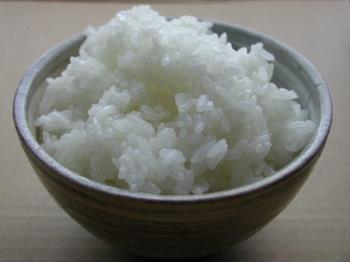The strength of these OLED TVs is the excellent display image quality, which no one can deny. Although it has been through several price adjustments, in general, this price is still much higher than other TVs. So why is the price of OLED TVs being higher than other TVs?
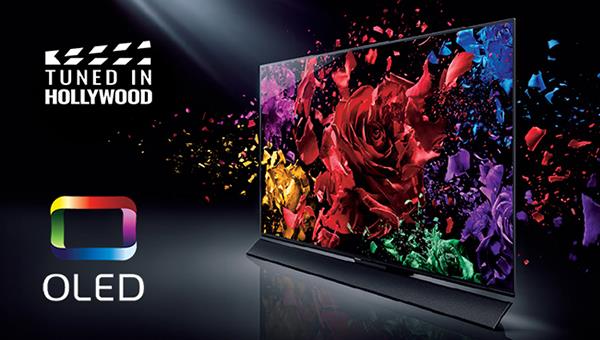
Why are the OLED TVs so expensive?
What is OLED TV?
OLED, or fully known as Organic Light Emitting Diode, means that organic light-emitting diode, each pixel itself will glow and turn on and off independently when current is passed without the use of a lamp. OLED panels provide much better image quality than panels such as LEDs, in addition to using this panel also helps to cut down on power consumption.
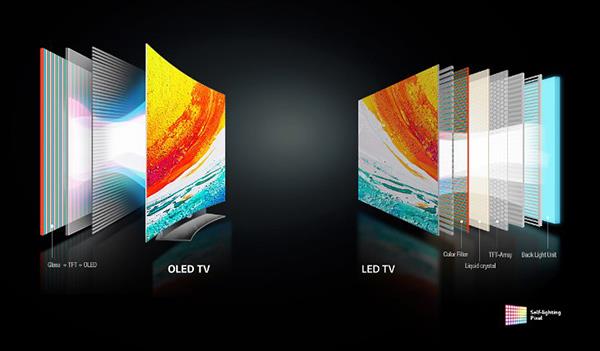
OLED panels use organic luminescent diodes instead of bulbs like LED screens.
OLED panel production costs
At the beginning of the introduction, the biggest problem LG faced was how much the OLED TV cost is reasonable, since the already expensive plastic materials plus the inability to produce OLED panels. The capacity is equal to other types of panels such as LCD or LED, so the OLED TV has not yet offered the most competitive price.

When it first announced the OLED product line, LG made many people surprised when it announced that the cost of making an OLED TV was 8 times higher than that of an LED TV.
However, from the time of the launch up to now, there have been many new technologies created, thus reducing a lot of production costs, not spending too much time and money for "birth" 1 the OLED TV was like the beginning. However, we still have to accept one thing that no matter how much reduction, the cost of producing an OLED TV will still be much higher than the LED TV series.
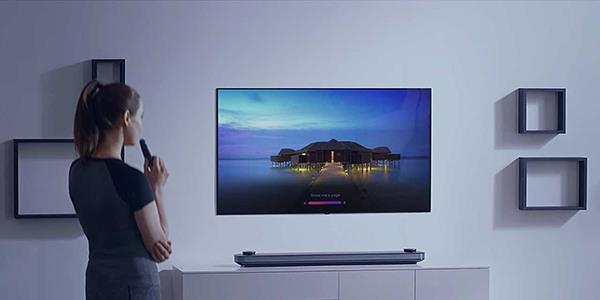
No matter how much reduction, the cost of producing an OLED TV will still be much higher than that of LED TVs.
The advantages of OLED panels
The first thing to mention is the ability to display images on OLED panels, OLED TVs have the advantage of being able to display black better than other panels. When projecting a black screen, the OLED panel turns off completely, so it can render the black completely. The ultimate in rendering of black also means that the contrast of the image will be extremely good.
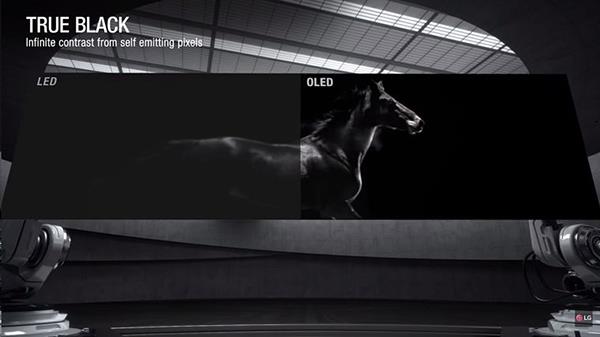
The ability to display the light colors of the OLED panel is extremely good.
For LCD TVs, because light must be illuminated on the back of the panel, the display of a black screen will be limited, and light loss cannot be avoided.

Because the OLED panel does not need a projector, it uses a light-emitting organic diode, so it will save more electricity than LED or LCD screens.
Not only does it handle still images well, the OLED panel also performs very well for frozen images, the image refresh rate is only 0.001ms. This response speed is up to 1000 times faster than conventional liquid crystal displays such as LCD or LED, so OLED TV products will not suffer from image retention, creating more comfortable for viewers.
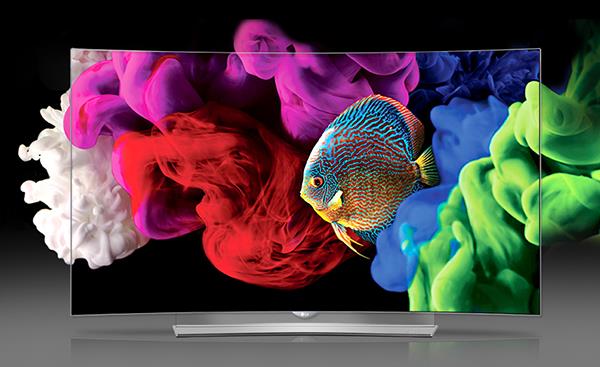
OLED TV products will not experience image retention.
Because there is no need to use lights, OLED TVs will be thinner and lighter. If you compare the weight, with the liquid crystal screen weighing about 30 kg, the OLED TV has less than 24 kg of power resolution, because the back of the TV line absolutely does not need a light source.
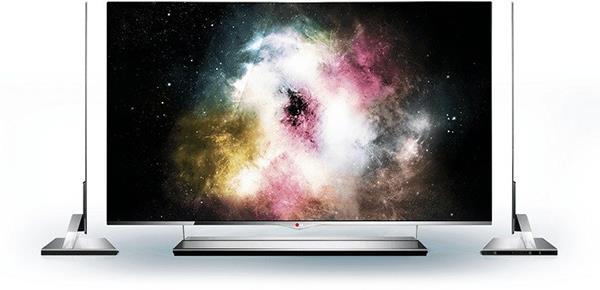
TVs using OLED panels will be thinner and lighter.
Refer to the selling price of some new generation OLED TV models (here) .
The above are the advantages and reasons why TVs using OLED panels are more expensive than conventional LCD or LED panels. But the wonderful experience it gives you is undeniable.





















